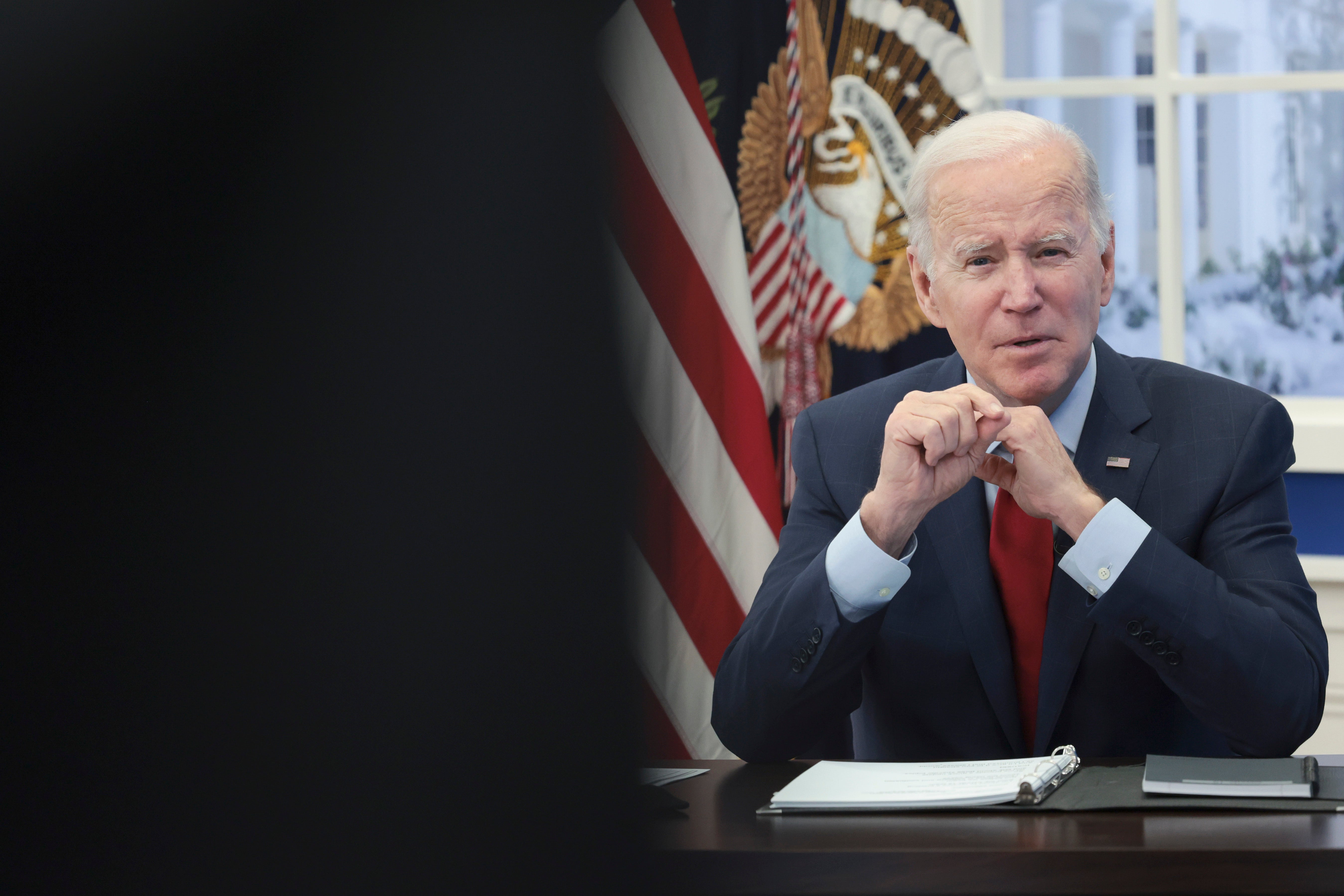Record 4.5 million ‘Great Resignation’ workers quit their jobs in November – what this means for Biden

Your support helps us to tell the story
From reproductive rights to climate change to Big Tech, The Independent is on the ground when the story is developing. Whether it's investigating the financials of Elon Musk's pro-Trump PAC or producing our latest documentary, 'The A Word', which shines a light on the American women fighting for reproductive rights, we know how important it is to parse out the facts from the messaging.
At such a critical moment in US history, we need reporters on the ground. Your donation allows us to keep sending journalists to speak to both sides of the story.
The Independent is trusted by Americans across the entire political spectrum. And unlike many other quality news outlets, we choose not to lock Americans out of our reporting and analysis with paywalls. We believe quality journalism should be available to everyone, paid for by those who can afford it.
Your support makes all the difference.A record 4.5 million American workers quit their jobs in the month of November, according to the US Bureau of Labor Statistics, which matched the series-high number of quit rates in September.
But the number of job openings decreased to 10.6 million hires on the last business day of the month in a sign of concerns about the Omicron variant. That is a decrease of 529,000 job openings, or 6.6 per cent.
The largest drops came in accommodation and food services, which saw a 261,000 drop; construction with a 110,000 job decrease; and nondurable good and manufacturing with a 66,000 job decrease.
The numbers are mixed signs for the economy, and for President Joe Biden. A high quit rate means people feel secure enough to leave their jobs and find new work or a job that pays better. At the same time, the fact that the biggest sector to lose jobs was accommodation and food services shows that people are concerned about the Omicron variant and that it might lead less people to go out to eat. Fewer construction jobs is a sign people won’t be going back to work any time soon in an industry that requires close contact while manufacturing job decreases will likely exacerbate supply chain issues.
Incidentally, all of these sectors largely employ people without college degrees. At the same time the industries that saw the most people head for the exits were also accommodation and food services with 159,000 quits; health care and social assistance with 52,000 quits; and transportation, warehousing, and utilities with 33,000. It would make sense that the service and health care industries would see the highest amount of exits.
At the same time, the US economy still faces record-high inflation. Last month, price increases reached a 39-year high. Mr Biden will also meet with individual farmers and ranchers this week to discuss how to increase competition and thereby try to combat inflation.
The Bureau of Labor Statistics will release its numbers on Friday about the number of jobs added or subtracted to the economy for the month of December. Mastercard reported that holiday spending jumped 8.5 per cent last month compared to December 2020, which is a sign people are more confident that the economy will improve.
A new poll from CNBC and Change Research found that 60 per cent of Americans are dissatisfied with Mr Biden’s handling of the economy, a bad omen for Democrats in the House and Senate majorities as they head into a midterm election.
Typically, a president’s party loses seats in a midterm election as it is seen as a referendum on his record. Three of the last four presidents – Barack Obama, Donald Trump and Bill Clinton – saw the House of Representatives change to the opposing party in the first midterm election.
The electoral hit could be exacerbated if workers are less confident about starting new jobs with the Omicron variant raging, which could in turn lead to less consumer spending.
Join our commenting forum
Join thought-provoking conversations, follow other Independent readers and see their replies
Comments